Up until last Monday, whenever I heard Metallica’s “For Whom the Bell Tolls,” I imagined some kind of medieval battle scape with swords and dragons. But then I read Ernest Hemingway’s novel of the same name, arrived at Chapter 27, and everything changed.
It’s not like the inspiration for Metallica’s opus had been a big secret or even in question, really. Songfacts.com states that the “lyrics are based on the 1940 Ernest Hemingway novel of the same name.” True. Although from that statement alone, one could easily conclude that Hemingway’s title and basic theme was just a mere spark that, perhaps, lightly influenced Metallica’s lyrics. To the contrary, the song tracks fairly closely to Hemingway’s prose.
| Metallica’s “For Whom the Bell Tolls” | Hemingway, For Whom the Bell Tolls, Chapter 27 |
| “Make his fight, on the hill, in the early day. Constant chill deep inside.” | “El Sordo was making his fight on a hilltop. . . . There had still been snow then, the snow that had ruined them . . . “ |
| “Shouting gun, on they run, through the endless grey.” | “. . . the automatic rifle heavy on his back, the horse laboring, barrel heaving between his thighs, the sack of grenades swinging against one side, the sack of automatic rifle pans banging against the other, and Joaquín and Ignacio halting and firing, halting and firing to give him time to get the gun in place.” |
| “On they fight, for their right, yes, but who’s to say?” | In chapter 26, the protagonist, Robert Jordan, contemplates war’s inherent moral conundrum. |
| “For a hill, men would kill — Why? They do not know. Stiffened wounds test their pride. Men of five, still alive, through the raging glow. Gone insane from the pain that they surely know.” | “Of the five men who had reached the hilltop three were wounded. Sordo was wounded in the calf of his leg and in two places in his left arm. He was very thirsty, his wounds had stiffened, and one of the wounds in his left arm was very painful.” |
| “Take a look to the sky just before you die. It’s the last time you will.” | “His head hurt very much and his arm was stiffening so that the pain of moving it was almost unbearable. He looked up at the bright, high, blue early summer sky as he raised the leather wine bottle with his good arm. He was fifty-two years old and he was sure this was the last time he would see that sky.” |
| “Blackened roar, massive roar, fills the crumbling sky. Shattered goal fills his soul with a ruthless cry.” | “The planes came back three times and bombed the hilltop but no one on the hilltop knew it. Then the planes machine-gunned the hilltop and went away.” |
| “Stranger now are his eyes to this mystery. Hears the silence so loud.” | “Then there were the hammering explosions past his ears and the gun barrel hot against his shoulder. It was hammering now again and his ears were deafened by the muzzle blast. Ignacio was pulling down hard on the tripod and the barrel was burning his back.” |
| Bonus: Horsey style wah-wah guitar solo at the end of the song. | El Sordo shoots his horse. |
The song, in its own right, is a work of genius. And now that I see what inspired it, I like it even more. “For Whom the Bells Tolls” is a perfect summary of this particular chapter of Hemingway’s novel. And yet it’s wholly original in its approach, tone, and execution. At first glance, Metallica and Ernest Hemingway don’t seem like they would play well together. But, after a closer look, they paint very similar pictures.
Please note: at no time am I suggesting that Metallica copied Hemingway. Rather, I feel like this is an excellent example of how creativity is a dialog. One person’s art goes on to influence another’s. After all, both draw on Devotions (1623) by John Donne:
“Any man’s death diminishes me, because I am involved in mankind; therefore never send to know for whom the bells tolls; it tolls for thee.”
